15 Most Frequently Asked Questions About Electric Bikes
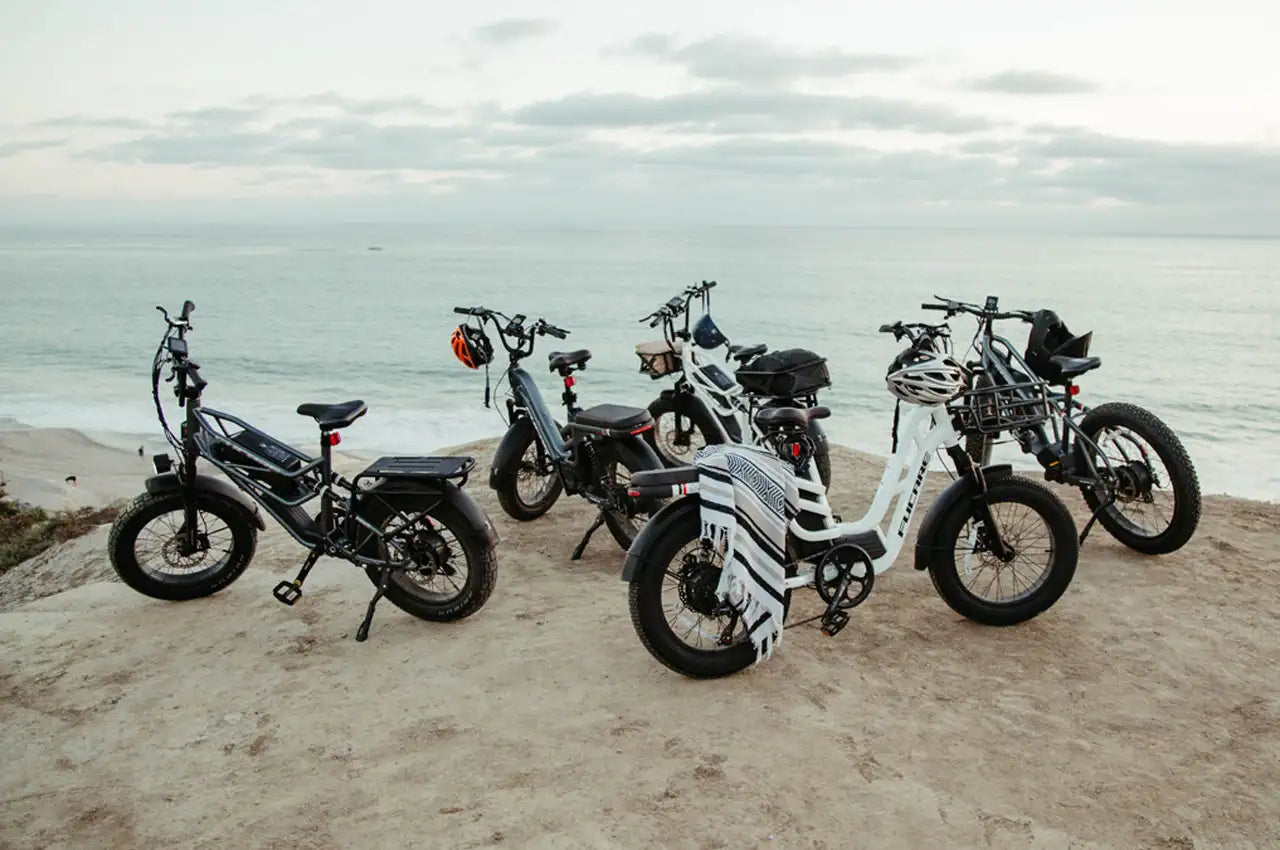
With growing interest and curiosity about e-bikes, we've compiled the 15 most frequently asked questions to provide a comprehensive guide.
- Are Electric Bikes Legal?
- Are Electric Bikes Worth It?
- Can You Ride an Electric Bike in the Rain?
- Do Electric Bikes Require Maintenance?
- Do Electric Bikes Work Without Pedaling?
- Does Pedaling Charge The Battery?
- Do You Need A License For An Electric Bike?
- How Does An Electric Bike Work?
- How Fast Can Electric Bikes Go?
- How Far Can You Travel on an Electric Bike?
- How Much Does An Electric Bike Cost?
- How Much Do E-bikes Weigh?
- How Do I Charge My Ebike?
- Is Riding An Ebike Cheating?
- What Is The Lifespan Of An Electric Bike Battery?
Are Electric Bikes Legal?
Yes, electric bikes are legal in the US.
E-bike legality varies by country and region. In many places, e-bikes are classified similarly to traditional bicycles, with some restrictions on speed and motor power.
In the United States, federal guidelines define an electric bike (e-bike) as a bicycle equipped with a motor that has a maximum power output of 750 watts (1 horsepower), fully operable pedals, and a motor that does not provide assistance above 20 miles per hour on level ground.
These guidelines classify e-bikes as bicycles, subjecting them to the same rules and regulations as traditional bicycles. However, individual states have their own specific laws and classifications. Most states follow a three-class system.
Are Electric Bikes Worth It?
Yes. Getting an e-bike is worth it!
By choosing an e-bike for daily commutes or short trips, individuals can play a part in mitigating environmental degradation and combating climate change.
Cost-wise, e-bikes are economical in the long run. They can be a game-changer for your wallet compared to car commuting. A study by the American Automobile Association (AAA) found that the average cost of owning and operating a car in the United States in 2023 was $12,182. A significant portion of this cost comes from fuel. E-bikes, on the other hand, rely on electricity, which can cost as little as $10 to charge an e-bike battery for an entire year, depending on your electricity rates.

Can You Ride an Electric Bike in the Rain?
Of Course, most e-bikes are designed to withstand light to moderate rain. Look for the bike's IP rating, a code that indicates how well it shields its electrical bits from moisture. But it's generally best to avoid submerging the motor or battery in deep puddles or riding for extended periods in soaking rain.
After a wet ride, giving your e-bike a quick wipe down helps prevent rust and corrosion from forming, keeping it in tip-top shape.
Do Electric Bikes Require Maintenance?
Like traditional bicycles, e-bikes require regular maintenance. Key areas to focus on include:
Battery Care: Charge regularly and store in a cool, dry place.
Motor and Electrical System: Periodic checks by a professional.
Brakes and Tires: Regular inspection and replacement as needed.
Do Electric Bikes Work Without Pedaling?
Not all electric bikes can operate without pedaling, but some models are designed to do so. For instance, Class 2 e-bikes from the Three-Class E-bike System have built-in throttles. These bikes can zip up to 20 mph using just the throttle. Fucare Bike offers a range of these throttle-powered, Class 2 electric bikes.
Does Pedaling Charge The Battery?
Most of the ebikes won't charge while you are pedaling. Charging an e-bike battery by pedaling would be quite a workout. Most chargers, typically ranging from 100W to 200W, can take several hours to charge a battery fully. To put it into perspective, pedaling hard enough to generate 150W continuously is a strenuous effort.
Indeed, sustaining 150W would have most people breaking a sweat within minutes, and after all that effort.
In short, e-bikes are all about efficiency. They swap readily-available, low-cost wall socket energy for the power you expend on the road. This lets you enjoy the ride without feeling like you're constantly working against resistance.

Do You Need A License For An Electric Bike?
In the U.S., the need for a license to operate an electric bike varies by state. Generally, most states do not require a license for e-bikes, especially those classified under the Three Class E-bike System. Class 1 and Class 2 e-bikes often do not need registration, licensing, or insurance. However, regulations can differ, with some states like Alaska and Hawaii requiring licenses or registration for certain e-bikes. Always check local laws for specific requirements.
For more detailed information, visit this link.
How Does An Electric Bike Work?
An e-bike works by providing assistance when you pedal. Key components include the motor, battery, controller, and sensors. The motor, located in the front hub, rear hub, or centrally near the pedals, provides propulsion. The rechargeable battery powers the motor, with its charge level displayed on a control panel.
When the rider pedals, the pedal assist sensor signals the controller to adjust the motor's assistance, making riding easier, especially uphill. Some e-bikes also have a throttle for motorized propulsion without pedaling.
Complete instructions can be found here.
How Fast Can Electric Bikes Go?
Although ebikes have the potential to reach very high speeds, regulations do not always permit them to travel that fast. Speed limits for ebikes differ across the United States.
Generally, electric bikes can reach speeds between 20 and 28 mph depending on their class. Class 1 and Class 2 e-bikes are equipped with a motor that assists you when you pedal, and they stop providing assistance once you hit 20 mph. Class 2 e-bikes also come with a throttle for an extra boost, but again, only up to 20 mph. If you're looking for a bit more speed, Class 3 e-bikes offer pedal assist up to 28 mph.
Factors like motor power, battery capacity, rider input, terrain, and bike design influence the actual speed. Always check local regulations to ensure compliance.
For more details, you can read the full article here.
How Far Can You Travel on an Electric Bike?
Electric bike travel distance depends on a cyclist's journey and their e-bike. Bigger batteries, smoother paths, lighter riders, and opting for less motor support all contribute to how far an e-bike can go on a single charge.
In general, most e-bikes boast a range between 20 and 100 miles, with some reaching even further under ideal conditions. By strategically using pedal assist and picking terrain that allows for more coasting, riders can maximize the mileage on their e-bike adventures.

How Much Does An Electric Bike Cost?
Electric bikes range from $800 to $2,500, with most costing around $1,500. Entry-level options are under $1,000, good for casual riding. Mid-range bikes ($1,000-$2,000) offer more power and features. High-end models exceed $2,000 with top-of-the-line components and extended range.
Remember, there's more to cost than the sticker price. Consider essential accessories (helmet, lock) and ongoing expenses (charging, maintenance) when budgeting for your e-bike.
How Much Do E-bikes Weigh?
Electric bikes typically weigh anywhere around 40 to 80 pounds. The weight can vary depending on the motor and battery ( heavier motor for steeper hills or longer distances), frame material (aluminum, steel, or carbon fiber), and additional components (thicker tires, reinforced wheels).
Even within the same brand, the weight can differ based on the model. For example, Fucare's e-bikes range from 80 to 86.5 pounds.
How Do I Charge My Ebike?
The charging process itself is fairly straightforward. Plug and play! Your e-bike charges easily with the included unit. Plug the charger into the battery port, and then connect the charger to a standard wall outlet.
You can either plug the charger directly into the battery on the bike, or detach the battery for charging at your convenience, like at home or your office. For optimal battery life, it's recommended to charge your e-bike indoors in a cool, dry place. Avoid extreme temperatures (hot or cold) during charging, as this can negatively impact the battery's health.
Is Riding An Ebike Cheating?
Not at all! EBikes provide a valuable and inclusive way for people of varying fitness levels and abilities to enjoy cycling.
They are pedal-assisted. This means the motor only kicks in when you pedal, and you still exert effort to ride. Studies show that riding an eBike can still provide a good workout, especially because it can encourage people to ride more often due to the ease of use. You can get good exercise by setting the assist level higher and riding for longer distances.
Whether you're looking for a fun way to get around, a way to ease into cycling, or a workout with a boost, eBikes are a great option.
What Is The Lifespan Of An Electric Bike Battery?
The lifespan of an electric bike battery can vary depending on a couple of factors, but typically you can expect it to last anywhere from 2 to 5 years. Regular use, proper charging practices (maintaining a charge between 20-80%), and avoiding extreme temperatures can extend battery life.
Even with good care, all batteries degrade over time. This means they slowly lose their capacity to hold a charge. So, while a battery may last 5 years, you might notice a decrease in how far you can ride on a single charge over that time.
Continue reading
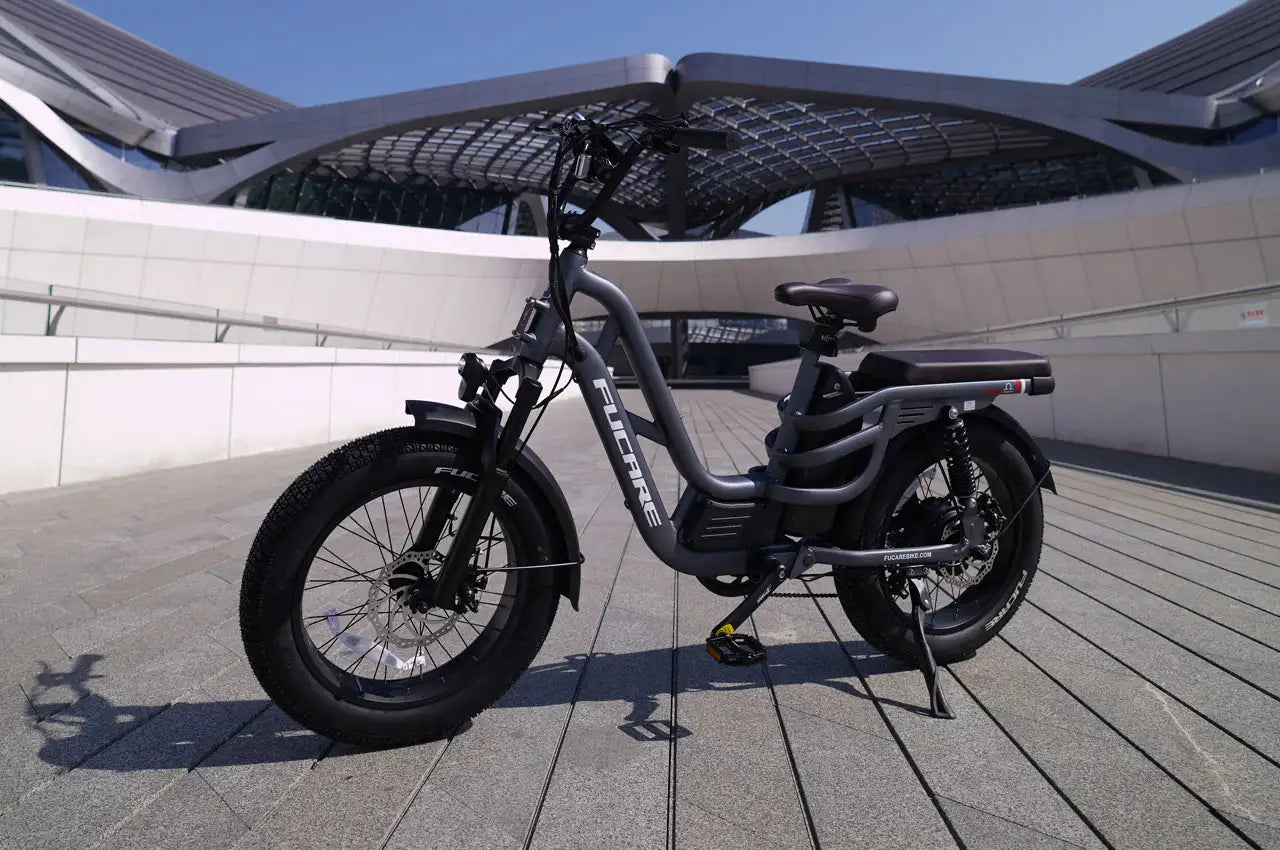
Fucare Bike Elevates the Libra Electric Bike with Hydraulic Brakes
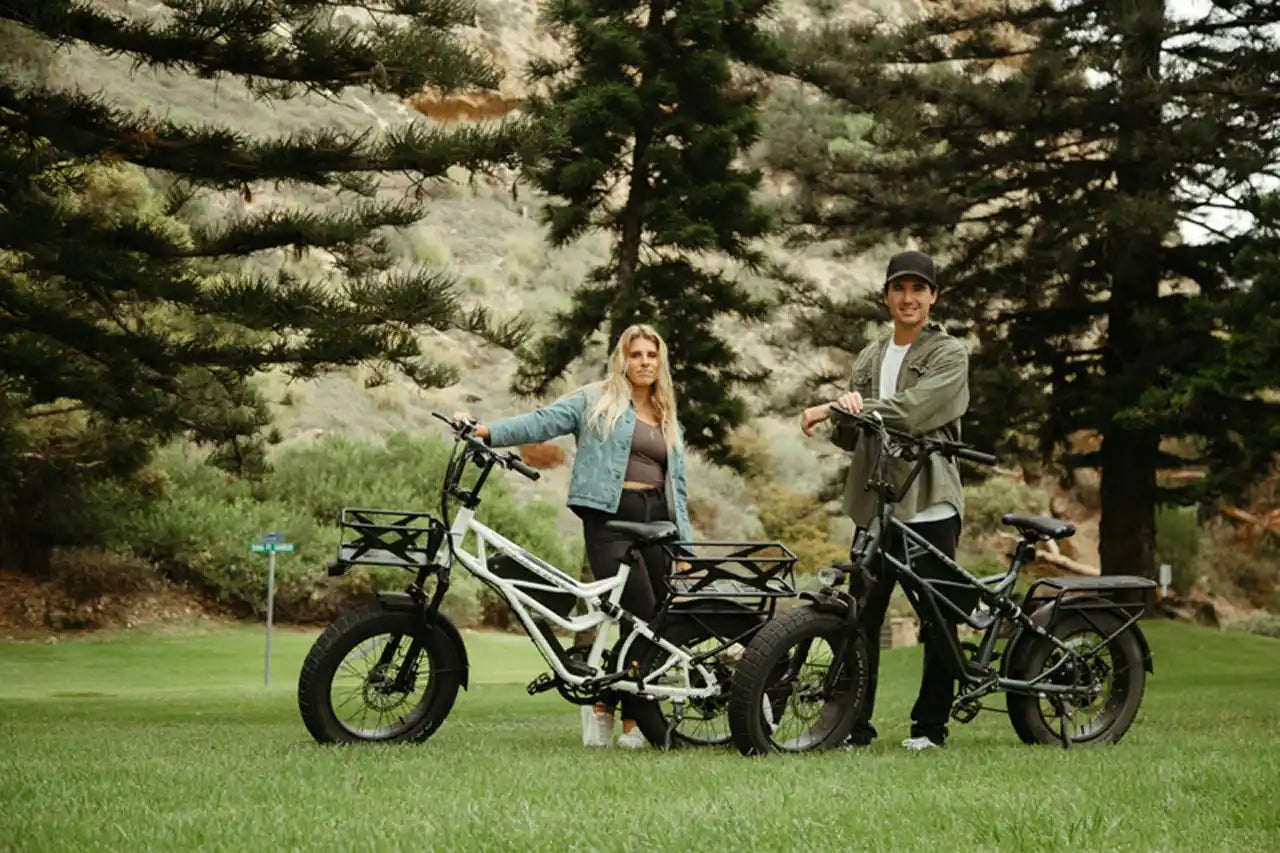





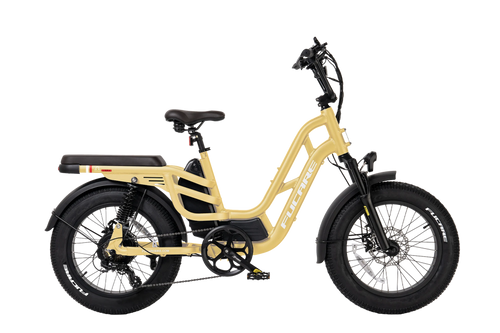
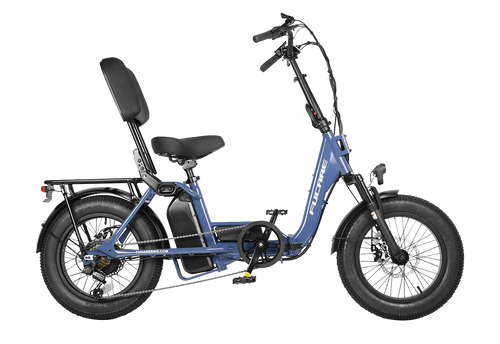
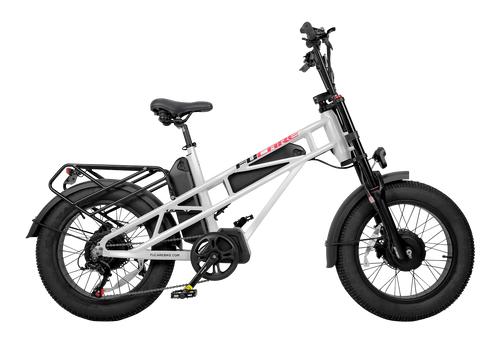
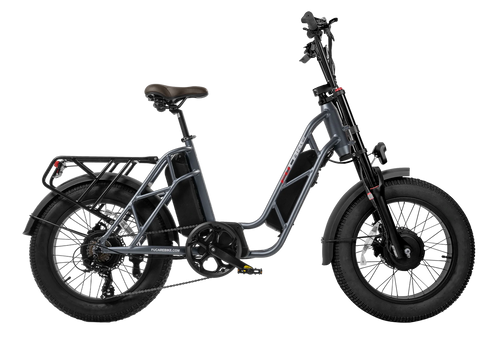
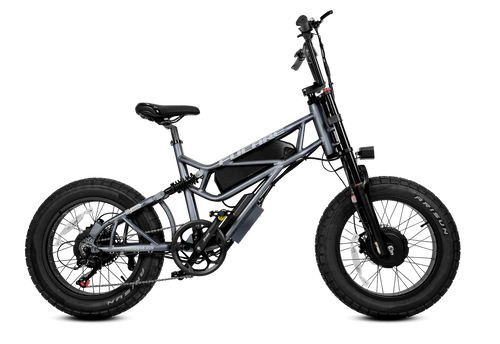


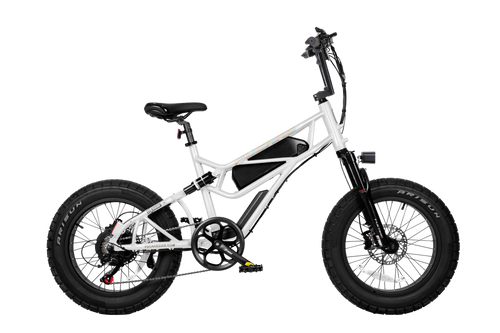




1 comment
Glen
Is It Possible To Do A Factory Reset To The Controller On A Fucare Libra?
Is It Possible To Do A Factory Reset To The Controller On A Fucare Libra?